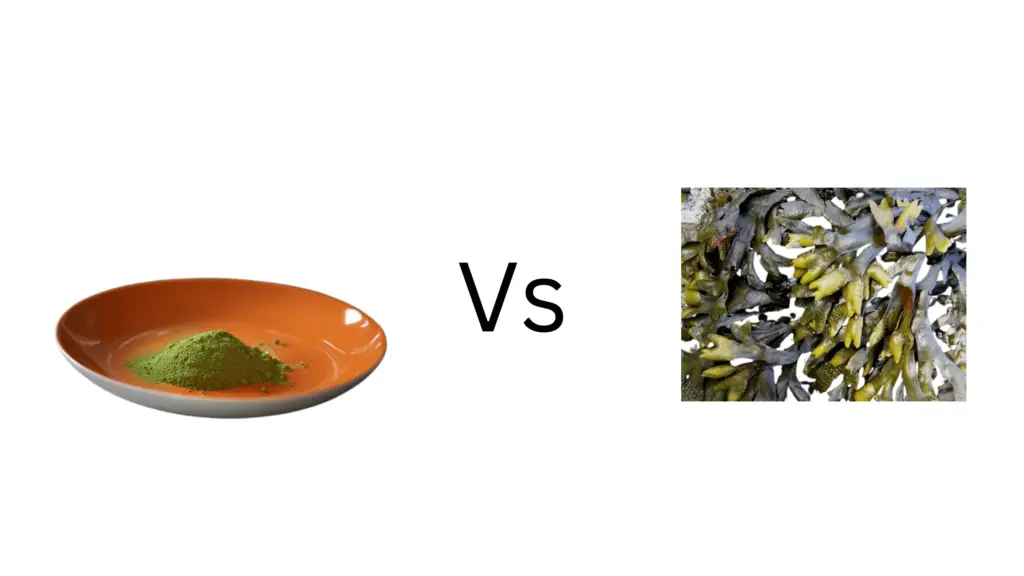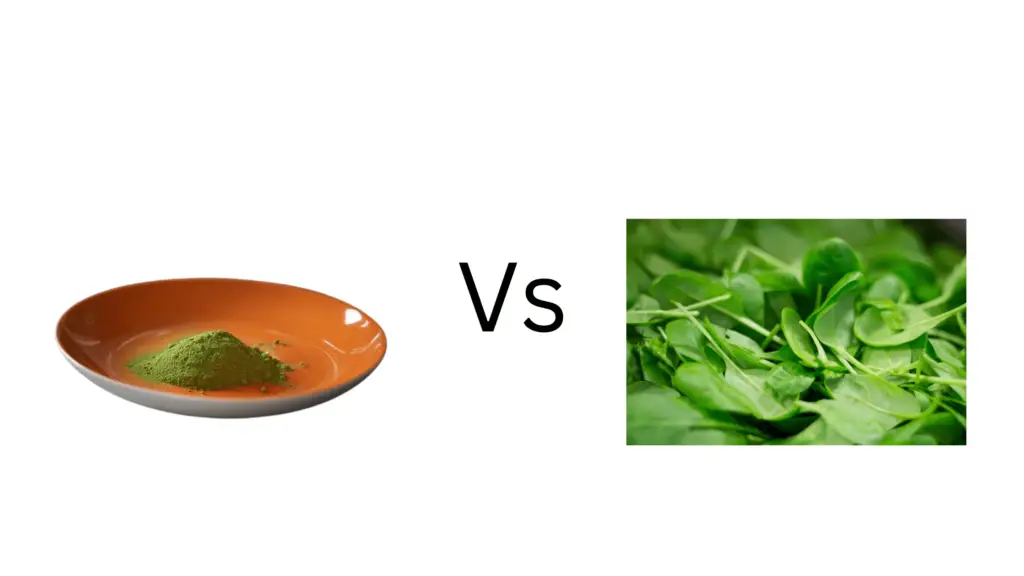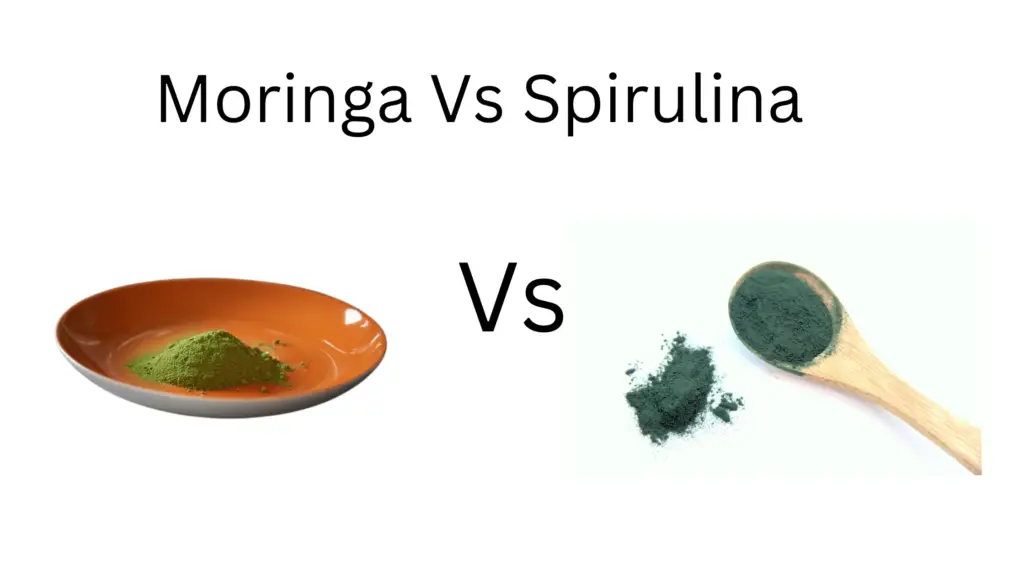Read also:
- Can you eat moringa seeds raw?
- 7 Moringa Seeds Side Effects
- How Long Does It take For Moringa To Start Working?
- Can You Take Moringa and Spirulina Together?
The superfoods that are real are embedded with features that are also real and super.
They’re natural nutrient-dense food, having the capacity to deliver its benefits as at when needed regardless of whether the environmental conditions are most suitable or not. Such of these superfoods are the moringa and kelp.
The moringa often tagged as the “tree of life”, amidst other names as dependent on its region of cultivation is a deciduous tree that hails from the tropical and subtropical climates,
been tipped as the fastest growing valuable plant in the world, and able to grow rapidly in a lot of different environments.
The kelp is a kind of seaweed that’s large and brown in color; and can somewhat be described as the marine plant at the shore.
The kelp in its own league grows in shallow oceans called the “underwater forests”, and wholly represents a set of organisms that are unrelated; especially when comparing to moringa.
As you read on this article, you will be getting proper insights as regards these two superfoods, as we put them together alongside each other to make reasonable comparisons.
Moringa vs Kelp: Botany
“Moringa oleifera” is the scientific name been used to describe the plant, having its classification under the “Moringaceae” family. It’s been known for its sparse foliage, having its stem crooked, been usually forked at a point very close to the base.
The tree has all its parts been useful, with the leaves being alternate, pinnated having about 4 to 6 pairs of leaflets that are dark green and about 1 to 2 cm in length. More so, the tree on a general note can attain a 20 feet height in just 12 months.
Kelp on the other hand has different genera belonging to several families with majority belonging to the order “Laminariales”; with kombu, giant kelp, and bongo kelp being the most common varieties.
Botanically, kelp cannot be referred to as a plant; it’s rather a heterokont, having a body that has leaf-like structures called ‘blades’.
It also has the ‘stipes’ being an extended stem-like structure that births the blades. Kelp also has the ‘holdfast’ being a root-like structure, and can attain a 250 feet height.
Moringa vs Kelp: Nutrients
The nutritional evaluation of moringa and kelp on 100g raw basis indicates that kelp contains many of the essential nutrients just as moringa;
but moringa has been reported to have higher values of content in most of the requirement nutrients like; Protein, Dietary fiber, Vitamin A, Thiamine, Riboflavin, Niacin, Pyridoxine, Vitamin C, Calcium, Iron, Potassium.
Moringa vs Kelp: Benefits
Kelp amasses its nutrients from its surrounding marine environment; nevertheless, the two superfoods are fully packed with nutrients and being loaded with many advantages, conferring the following benefits:
they both have anti-oxidant, anti-cancerous, anti-inflammatory and hormones balancing properties. They help to enhance; cardiovascular health, energy levels,
healthy weight loss, bone and skin health, brain function, muscle recovery for post-workouts, the body’s fight against diseases; among other dual or individual numerous benefits.
However, it is worth noting that kelp is one the best natural food sources of iodine, according to a NIH (National Institutes of Health) source.
Moringa vs Kelp: Economic Importance
The economic importance of moringa is evident in its usefulness as a medicinal source. More so, report has it that moringa possess high stability properties that entirely support biofuel production.
Another interesting economic importance of moringa is evident in its usefulness in water purification, especially in regions with very poor water source.
Report has it that the moringa seeds does this job when crushed and added to water, thereby generating chemicals that has the capacity to make microorganisms, dirts and other pollutants to settle; among others.
Firstly, the economic importance of kelp is evident in its relevance as a commercial source of iodine. Sodium alginate (a derivative of kelp) is being used as a thickener in products like toothpaste, jelly, salad dressing, and so on.
This derivative is also a vital ingredient in manufactured goods, as well as dog food. Kelp ash also has an economic importance that’s evident in its usefulness in soap and glass production; among others.
What will happen if I take excessive Moringa or Kelp?
It must be noted that adequate recommendations must be followed, of which moringa and kelp must be taken with utmost moderation.
Excessive moringa intake might lead to heartburn, and other several gastrointestinal problems like nausea, while that of kelp might specifically leads to thyroid issues.
Conclusion
As you can see from this article that moringa and kelp aren’t just the superfoods with the capacity to ameliorate your health, they also have the potentials to ameliorate our world.



